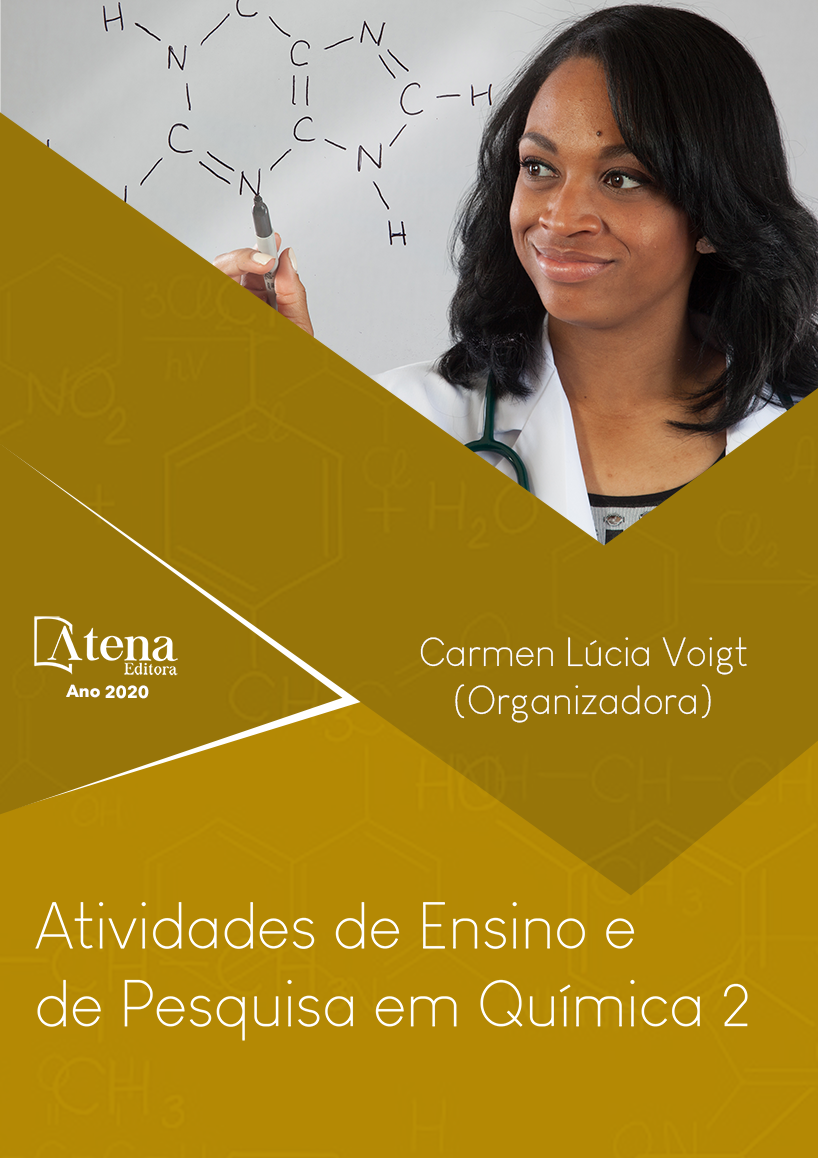
PROPRIEDADES MECÂNICAS DE FILMES DE AMIDO/QUITOSANA ADICIONADOS DE ÁCIDO CÍTRICO
Filmes biodegradáveis para uso
como cobertura de solo podem ser obtidos pela
mistura de amido e quitosana. A quitosana pode
resultar em filmes pouco solúveis e a adição de
amido reduz o custo do material, no entanto a
resistência mecânica destes filmes é importante
para que possam resistir ao ciclo da cultura. O
ácido cítrico pode reticular estes polímeros pela
formação de ligações cruzadas entre cadeias,
podendo diminuir a solubilidade e aumentar a
resistência. No presente trabalho a resistência
e a elongação foram otimizadas em relação à
razão entre amido termoplástico: quitosana
(teor de amido) e de ácido cítrico. Foram obtidos
filmes com 70 MPa de resistência quando a
concentração de amido e de ácido cítrico foram
utilizadas nos níveis mínimos. Já a elongação
foi maior e igual a 20% quando a concentração
de amido ficou entre 65 a 75%. O delineamento
composto central permitiu determinar os níveis
de amido, quitosana e ácido cítrico para obter
propriedades mecânicas otimizadas.
PROPRIEDADES MECÂNICAS DE FILMES DE AMIDO/QUITOSANA ADICIONADOS DE ÁCIDO CÍTRICO
-
Palavras-chave: Mulching, Biopolímeros, Otimização, Propriedades Mecânicas.
-
Keywords: Mulching, Biopolymers, Optimization, Mechanical Properties.
-
Abstract:
The biodegradable films for use
as mulching can be obtained by mixing starch
and chitosan. Chitosan can result in films less
soluble and the addition of starch can to reduce
the cost of the material, however the mechanical
strength of these films is important so that they
can withstand the crop cycle. Citric acid can
crosslink these polymers by forming crosslinks
between polymeric chains, which may decrease
solubility and increase the resistance. In the
present work resistance and elongation were
optimized in relation to the ratio of thermoplastic
starch: chitosan (amounts of starch) and
amounts of citric acid. Films with concentration
of starch and of citric acid used in the minimum
levels showed 70 MPa of resistance. Already
the elongation was greater and equal to 20%
when the starch concentration was between 65 to 75%. The central composite design
allowed to determine the levels of starch, chitosan and citric acid to obtain optimized
mechanical properties.
-
Número de páginas: 9
- Alexandre da Trindade Alfaro
- Evandro Martin Brandelero
- Renata Paula Herrera Brandelero


